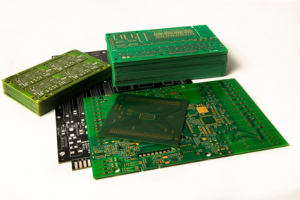‘The Future Is Analog’ is the title of today’s meeting of the Silicon South-West Network forum in Southampton, but Bruno Johnson, from analogue design house Cascoda, told the meeting: “The future is not analog; the future is in the marriage of analogue and digital.”
Johnson pointed out the huge opportunities for the marriage of analogue and digital and also some of the show-stopping problems.
The use of wireless sensors for the automation and control of buildings is a huge opportunity, because buildings account for 38% of all US CO2 emissions, and wireless sensor networks can reduce CO2 emissions from buildings by 35%.
Smart metering, asset-tracking, supply chain management, livestock monitoring, people monitoring and environmental monitoring are all great opportunities.
But there are technical obstacles. These stem from the wish of the US energy industry to standardise on low-power radio protocols.
Up to now the companies involved in this business – EnOcean, Insteon, Z-Wave, DASH7, ANT – have used proprietary protocols.
Now the US is mandating standardisation around 802.15.4 which is a BACNET/Zigbee based standard.
The only 802.15.4 global frequency is 2.4GHz. But the free-space path loss at 2.4GHz is higher than at 868MHz, said Johnson, due to the receiving antenna aperture.
Increasing transmit power is not a solution because 802.15.4 limits transmit power. Power amplifiers are inherently inefficient. An external PA is often used. “We need to do a lot better in receiver efficiency”, said Johnson, “but once the problem is solved it enables a plethora of power management devices.”
Energy harvesting transducers are efficient at 5V but existing devices can only accept 1.8V-3.6V. A buck converter is required for efficient 3.6V-5V operation. “We need to do a lot better on low-power management”, said Johnson.
 Electronics Weekly
Electronics Weekly




